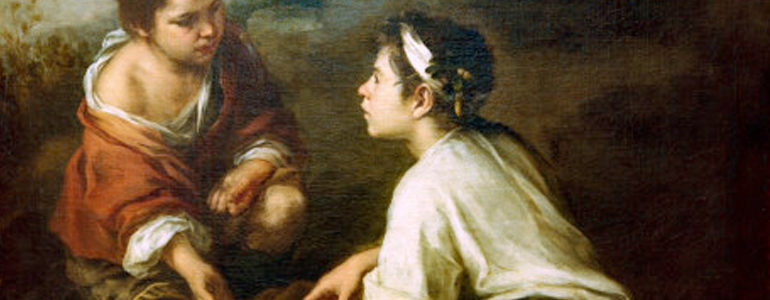
As I have considered improving Cyber Run, a table top science fiction RPG set in the future, I’ve struggled with the idea of changing many of the systems to not include the twenty sided die. Table top game dice are mostly used in two ways, the face value of the die representing a number to be used, such as when damage is determined, the other is a pass or fail check, such as when an attack is made. You could imagine that this would require a coin toss instead of a die roll, but what is at the core of gaming mechanics are modifiers, modifying the player’s die roll value up or down depending on the ability of a character and the given situation. To include these modifiers we need something with more sides than a coin. A pass or fail check is easier to conceptualize if it is expressed in terms of a percentage of success.
The obvious choice for a percentile roll would be two ten sided dice. Palladium games like using percentile dice for pass or fail skill checks, but switch to a d20 when doing combat. The disadvantage to a percentile roll is the use of two dice and the bonus increments need to be greater than one for them to be meaningful.
The advantage of a twenty sided die is that each number on the die represents five percent. The combined bonuses from a character’s ability and the situation would give a meaningful range, from a slight advantage of a plus one, five percent bonus, to a significant advantage of a plus five, a twenty five percent bonus.
Multiple Dice for a Success Check
Some game systems, White Wolf especially, use multiple dice to determine a success or failure checks. Instead of the player adding bonuses to a single die roll, for character ability, he or she gets more dice to roll. The number on the die that the player needs to roll is determined by the GM. The number of passed checks determines the degree of success.
For example, a player rolling three dice, because of his or her character ability score with a difficulty of five for a ten sided die, determined by the GM, would have a fifty percent chance of success for each die roll. The total number of passed checks would then determine the degree of success.
The probability of two pass checks out of three die rolls each with a fifty percent chance of success is 4/8 or 50%. Therefore, this situation requiring two pass checks to get the degree of success the player desired would still have the same percentage chance as flipping a coin, which would be much easier then rolling 3 dice.
The disadvantages of rolling multiple dice for success or failure checks is more math, complicating a binary check with two pass conditions, the number on the dice rolled and then the number of successful die rolls. The worst part is that all of this dice rolling and success checking can actually be boiled down to a single probability, which is easier to understand and could be accomplished with a single roll.
5th Edition
Dungeons and Dragons came up with a new way of rolling their D20 success or failure checks. The DM decides if the character has an advantage or a disadvantage, an advantage allows the player to roll two D20s requiring only one of the die rolls to pass for a success. A character with a disadvantage rolls two D20s and only gets a success when both dice pass the check.
The probability of a single success for two rolls with a fifty percent chance of success is seventy five percent. The probability of both rolls being successful is only twenty five percent. Therefore a player with an advantage has a twenty five percent greater chance of success and a player with a disadvantage has a twenty five percent less chance of success.
The advantage to this system is reducing the math and time required from adding up the character ability modifiers and the situation bonuses, the player simply rolls another die, but at the same time the disadvantage to this system is the strength of the modifier in either direction. The modifiers have gone from an adjustable increment of 5% to a flat 25%. This system with such a large bonus in either direction is undermining the whole use of a twenty sided die, which could reduce both the D20s into a four sided die.
Cyber Run
After writing this article I’ve decided for Cyber Run to use a single d20 for pass and fail checks, adding modifiers for character ability and situational bonuses. I’m considering more about the fumble roll of a one and the critical roll of twenty as well as degree of success and rolling the target number on the die. There does seem to be a loss of momentum in a game when a roll simply doesn’t do anything.
